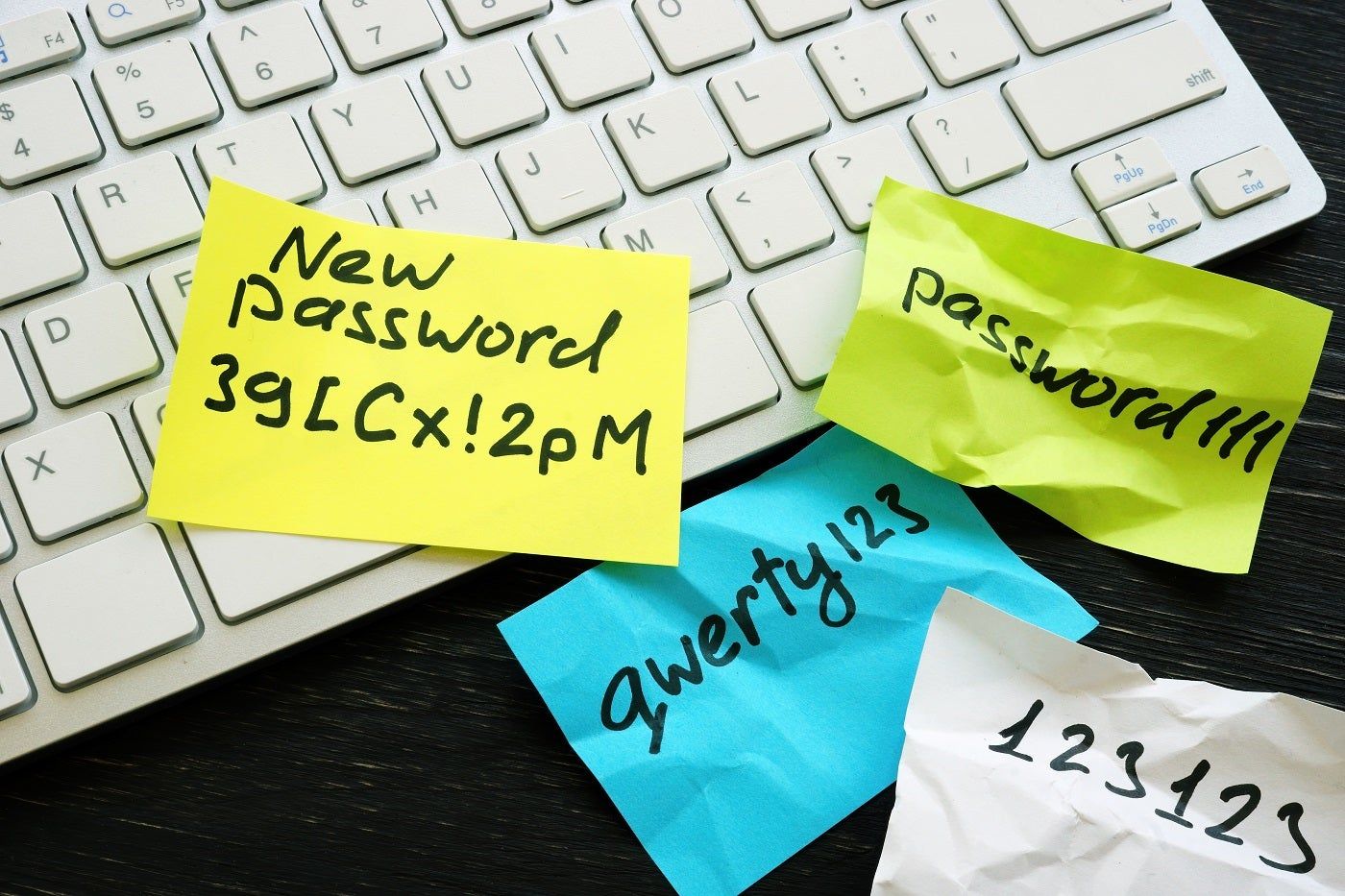A passphrase works like a password and grants you access to a system or application, but instead of a string of random characters, it is a combination of words, numbers, and symbols. Passphrases are typically longer than passwords and easier to remember, as they can be made up of a series of words or a meaningful phrase.
And it is evident that forgetting a password is a common fear. In 2023, in its fifth annual study of password habits, NordPass found that “123456” was the most common password in 35 countries and could be cracked in less than a second.
Account security should not be compromised for fear of forgetting your password.
In this article, we provide examples of passphrases and discuss the different types and best practices for using them on personal or business accounts.
1
Dashlane
Employees by company size
Micro (0-49), Small (50-249), Medium (250-999), Large (1000-4999), Business (5000+)
Micro (0-49 employees), small (50-249 employees), medium (250-999 employees), large (1000-4999 employees), enterprise (5000+ employees)
Micro, Small, Medium, Large, Enterprise
Characteristics
Automated provisioning
What is a passphrase?
A passphrase is a combination of phrases used to safeguard or authenticate access to an online account, computer system, or other digital resource. Passphrases are typically longer than traditional passwords and consist of words that are easy to remember but difficult for potential attackers to crack. Think of it as a short sentence of four words or more and a minimum of 15 characters.
Since passphrases can be easier for users to remember and are more resistant to hacking, they are often used to provide enhanced protection for critical accounts or data. Below we list some examples of passphrases. However, we do not recommend that you use any of these for your personal accounts. Instead, choose a phrase that is meaningful to you.
Passphrase Examples
When creating your password, consider capitalizing random letters within the phrase and replacing letters with symbols. For example, “@” for “a”.
- I love iCeCre@msoMuch!
- Jack and Jill went up the hill
- Mich@elJ@cksonIsTheGr8TestOfAllTimes
Types of Passphrases
The passphrases above are examples of mnemonic passphrases: words put together to form a memorable phrase. Additional types of passphrases include:
- Keyboard Pattern Passphrases: These passphrases consist of a series of words, each of which begins with a letter from a keyboard pattern.
- Example: “Quick Wick Eat Rice Tomato Yam” follows the QWERTY pattern.
- Random Passphrases: This consists of choosing words at random to form a sentence. This might be a little harder to remember, especially compared to mnemonic passphrases; however, they are a safe option.
- Example: “IcepickHammerSnailDragon”
- Image-Based Passphrases: It consists of generating a passphrase inspired by images.
- Example: “BabysFirstSliceofPizza02042004” created from a memorable family photo.
Passphrase Advantages
- Passphrases can be easier to remember than passwords.
- They are probably used less frequently and are harder to guess.
Passphrase Disadvantages
- Many systems are designed for passwords instead of passphrases.
- You must still follow password creation rules, such as using a combination of numbers, symbols, and upper and lower case letters.
- You may have difficulty remembering unique passphrases for multiple accounts.
Are passphrases more secure than passwords?
Both passphrases and passwords can be secure if managed properly. Additionally, the security of a passphrase or password depends on its uniqueness and complexity. Many people still use simple passwords to protect their accounts, but by doing so, they put their information at risk of falling into the hands of bad actors. Weak and stolen passwords are the most common causes of data breaches.
Passphrase Best Practices
To maximize account security, follow these best practices when using a passphrase:
1. Use a unique passphrase for each account.
Using the same passphrase on all your accounts puts them all at risk. Instead of a single account, a hacker can access many with a single cracked passphrase.
2. Use long passphrases
A passphrase must be at least 15 characters. The longer your passphrase is, the more resistant it is to brute force attacks.
3. Keep passphrases private
Never share your login credentials unless it is an emergency. Sharing your credentials gives them more room to fall into the wrong hands.
5.Make them memorable
Passphrases should be unique, but to avoid forgetting them, you should make an effort to make them memorable. Find the perfect balance between memorability and flexibility to maximize account security.
Using passphrases can be an effective way to keep your accounts secure, as long as you don't make them too simple to crack or reuse across platforms.












